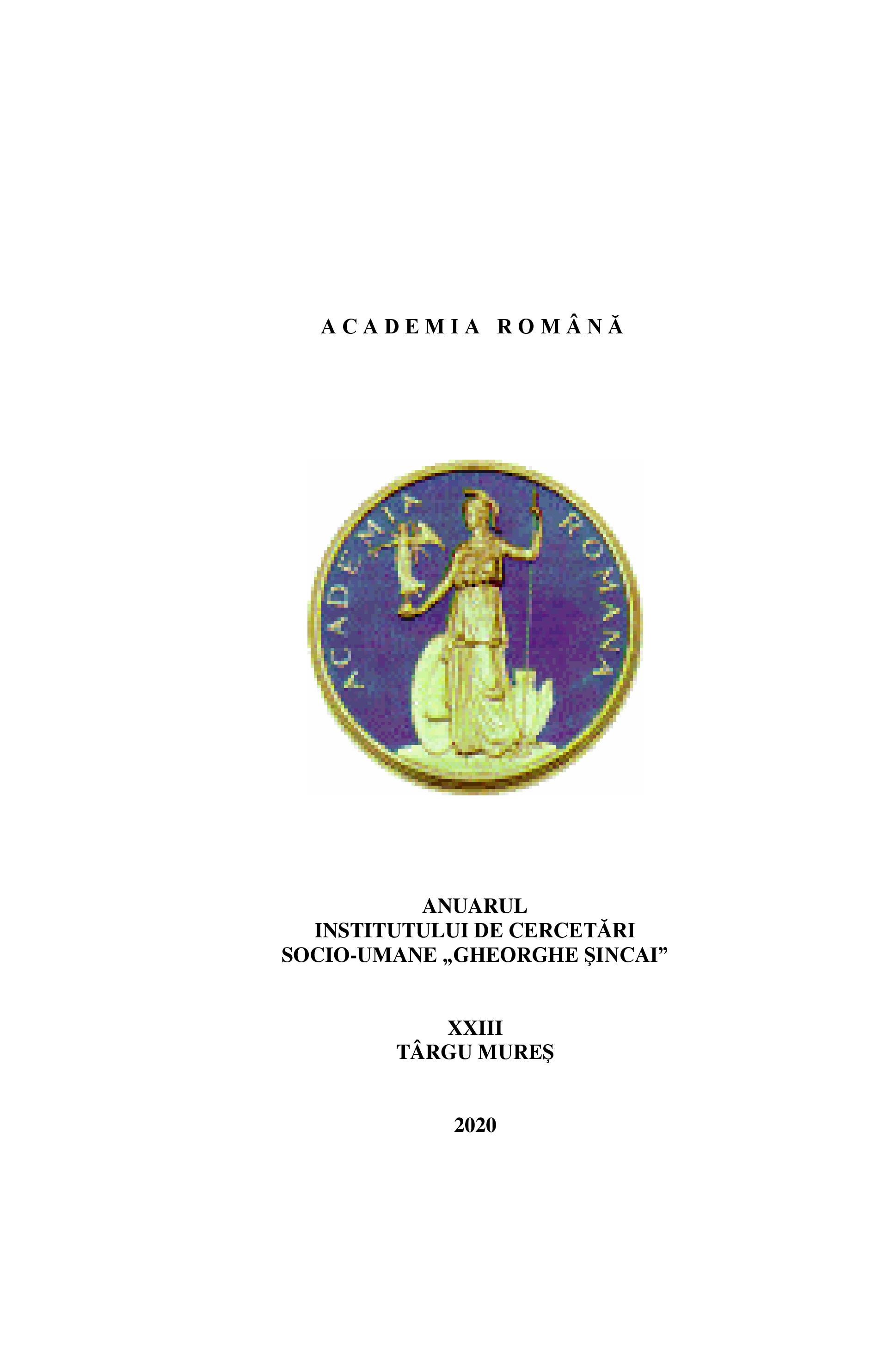L'IDENTITÀ NAZIONALE NEL CONTESTO DELLE PRIME PARTECIPAZIONI DEGLI ARTISTI ROMENI ALLA BIENNALE DI VENEZIA
National Identity in the Context of the First Participations of Romanian Artists at the Venice Biennial
Author(s): Roxana MihalySubject(s): History, Cultural history, History of Art
Published by: Institutul de Cercetări Socio-Umane Gheorghe Şincai al Academiei Române
Keywords: Venice Biennale; identity; Romanian artists; Italy; art;
Summary/Abstract: Within a century and a half, with the creation of nation-states in the 19th century, the ethnic minority was transformed from a ally into an enemy. Through shift in values, which had as its main purpose, behind a declared ethnic reorganization, instated the withdrawal of the borders of the states of Europe. The two most infamous dictators of the twentieth century, Hitler and Stalin, wanted essentially the same thing - the seizure of new territories, resources and populations. The means they used were similar, the ideologies on whose behalf they did so differed greatly. The relocations were a chapter in this attempt at ethnic reorganization of Central and Eastern Europe that involved 16.5 million Europeans. In the end it was realized, but in the opposite direction to the plans of the two. At the end of World War II and after the collapse of communist regimes in the East, the German ethnic minority almost disappeared from this part of the continent. Only Stalin managed to place, on the Western flank of the borders of the Soviet Union, about 2.5 million Russians and Ukrainians, who occupied the territory left free by the recently expelled populations.The Venice Biennale project certainly represented one of the most prestigious international cultural events in which Romania has had the opportunity to take part since the early twentieth century.From a historical point of view, the first international art exhibition in Venice was organized in 1895, on the occasion of the silver wedding of the sovereigns Umberto I and Margherita di Savoia and, from that moment, it has always been held every two years, being interrupted only during the two world wars and, in 2019, due to the global Covid-19 pandemic.The first participation of a Romanian artist in the Venice Biennale took place in 1903, at the 5th edition, when the sculptor Fritz Storck managed to exhibit in international rooms.The next participation was in 1907, Romania being represented by the same artist. After these two participations, the Romania followed an absence of 17 years until 1924 when it was able to attend a group of artists, after which another absence of 14 years followed.The presence of Romania at the Venice Biennale became notable only in 1938 when the councilor of state, president of Romanian Cultural League, Nicolae Iorga, managed to buy a pavilion for Romania. Iorga expressed, in various contexts, the idea that only the art of artists who had true feelings for their country should be exhibited in the pavilion, so according to him only traditional art should be exhibited.The political context of Romania after '48 inevitably influenced the art world as well, so that the new aesthetic line imposed by the Soviets made many established artists marginal.In the new era of globalization and of artistic currents promoted on a global level, is it very interesting to look at when the projects proposed by the countries participating in the Venice Biennale retain their national identity.
Journal: Anuarul Institutului de Cercetări Socio-Umane »Gheorghe Şincai« al Academiei Române
- Issue Year: 2020
- Issue No: 23
- Page Range: 114-122
- Page Count: 9
- Language: Italian

